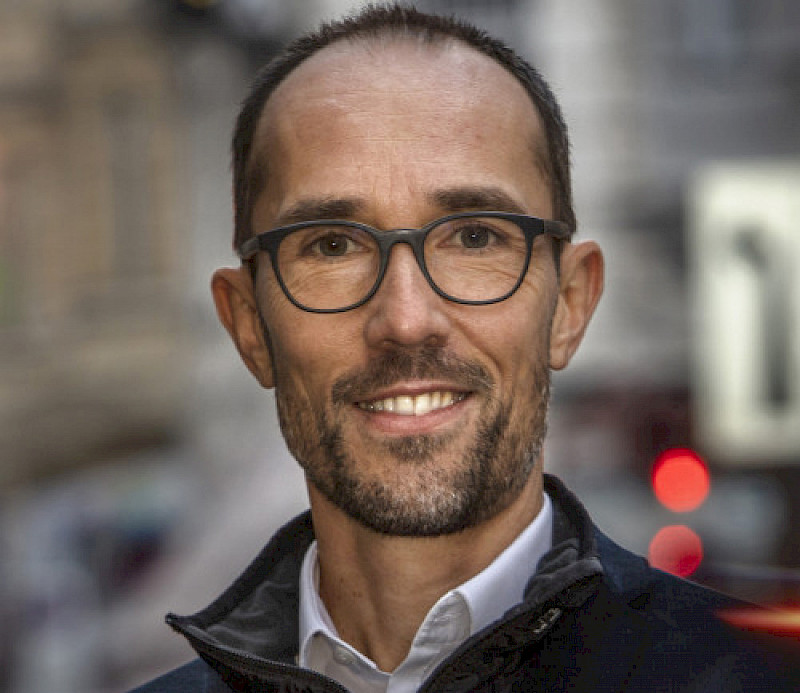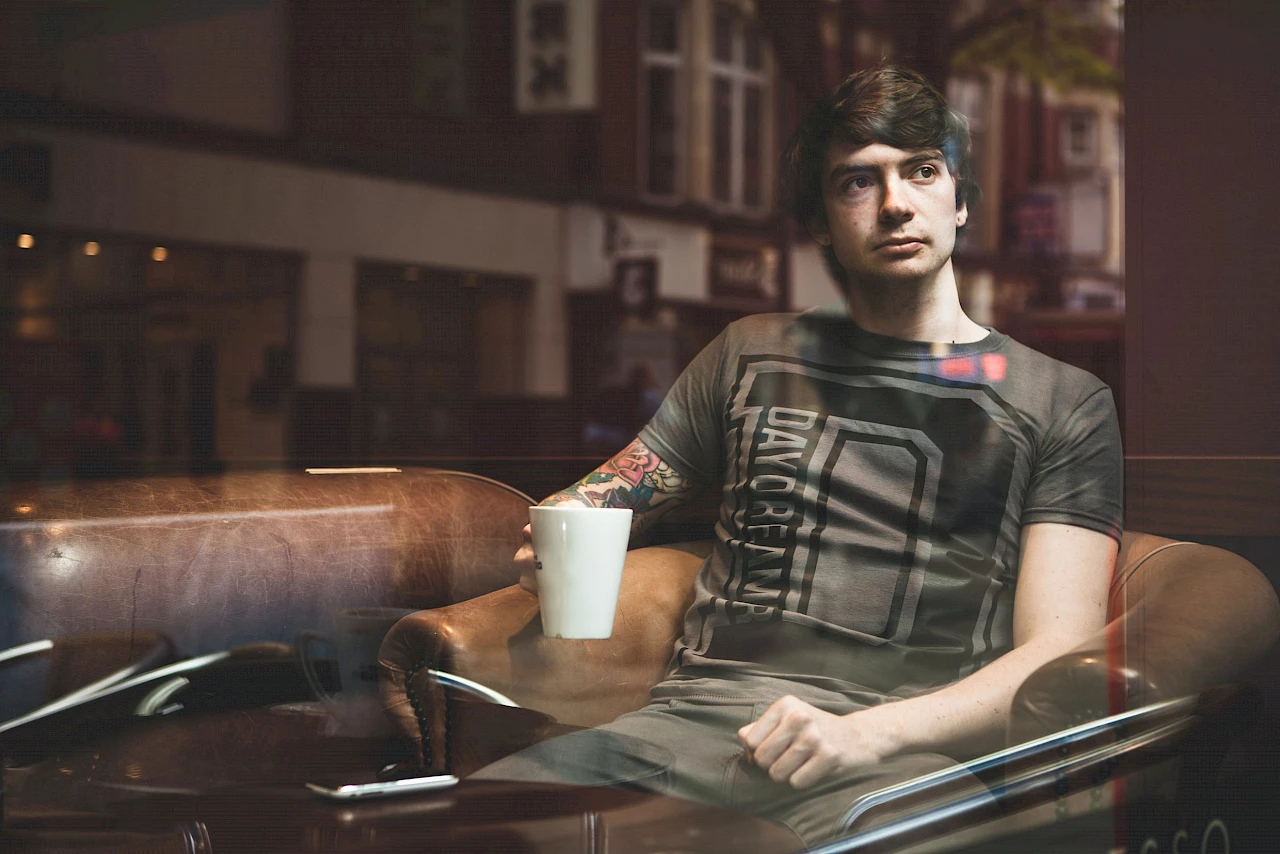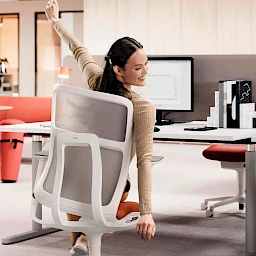„Sometimes it’s good to just sit around and do nothing”—this advice given to his listeners by Dr Bernd Hufnagl, a leading global neurobiologist, only seems paradoxical at first glance. According to this renowned brain researcher, it’s the ideal way to reach a state of mind that can be a key to increased satisfaction and enhanced motivation.
Hufnagl, whose research includes the connections between our health and an increasingly concentrated digital work environment, advised the participants of the NWX22 in Hamburg on June 20, 2022, to indulge in daily daydreaming and deliberately plan micro-breaks into their workday. In his opinion, the goal is to achieve a sense of “self-efficacy”—a feeling that we can influence and control our lives ourselves. “This is a central prerequisite for our sense of well-being,” he says.
The day as an endless to-do list
However, he points out, in the modern work environment this feeling is massively impeded—through work that is imposed on us even though we don’t understand why it’s meaningful. In addition, we are burdened by the tremendous speed of digitalization, with its concentrated tasks and rapid communication processes. “Attention deficit disorders, stress symptoms, and mental illnesses are becoming more common, and workers’ resilience and motivation are decreasing. The day is becoming an endless to-do list,” he says.
To begin with, the ability to predict the long-term future and make plans is an evolutionary achievement that only human beings can claim for themselves. But this ability often causes us to be in a permanent “to-do-list” mode, to brood and, in the worst case, to develop fears about the future.
Activating the “daydreamers’ network” and simply letting go
The opposite of this condition can be found in the brain’s “default mode network,” which Hufnagl also called the “daydreamers’ network” in his talk. This condition can also be observed in EEG recordings of brain activity. In this state, individuals let their thoughts unfold freely and feel they can let go. Ideally, this gives them an outside perspective on their own lives that helps them creatively develop new ideas. “Sitting around and doing nothing—you can even schedule that in your appointment book,” Hufnagl recommends. Otherwise, he says, there’s a risk that constant daily stress will suppress the activation of the brain’s creative mode.

A comparative study shows that this ability is increasingly disappearing. In 2004, 2,000 individuals were examined via EEGs. Thirty percent of them were able to relax in the “default mode.” In the same test setup conducted in 2019, only five percent of the test subjects were able to “let go” during a short break. Hufnagl believes that one of the causes of this change is the smartphone, which we use for some kind of activity during every moment of our waking lives. That’s why he gave the following advice: “The poison is in the dosage. Deliberately create some downtimes for daydreams!“





